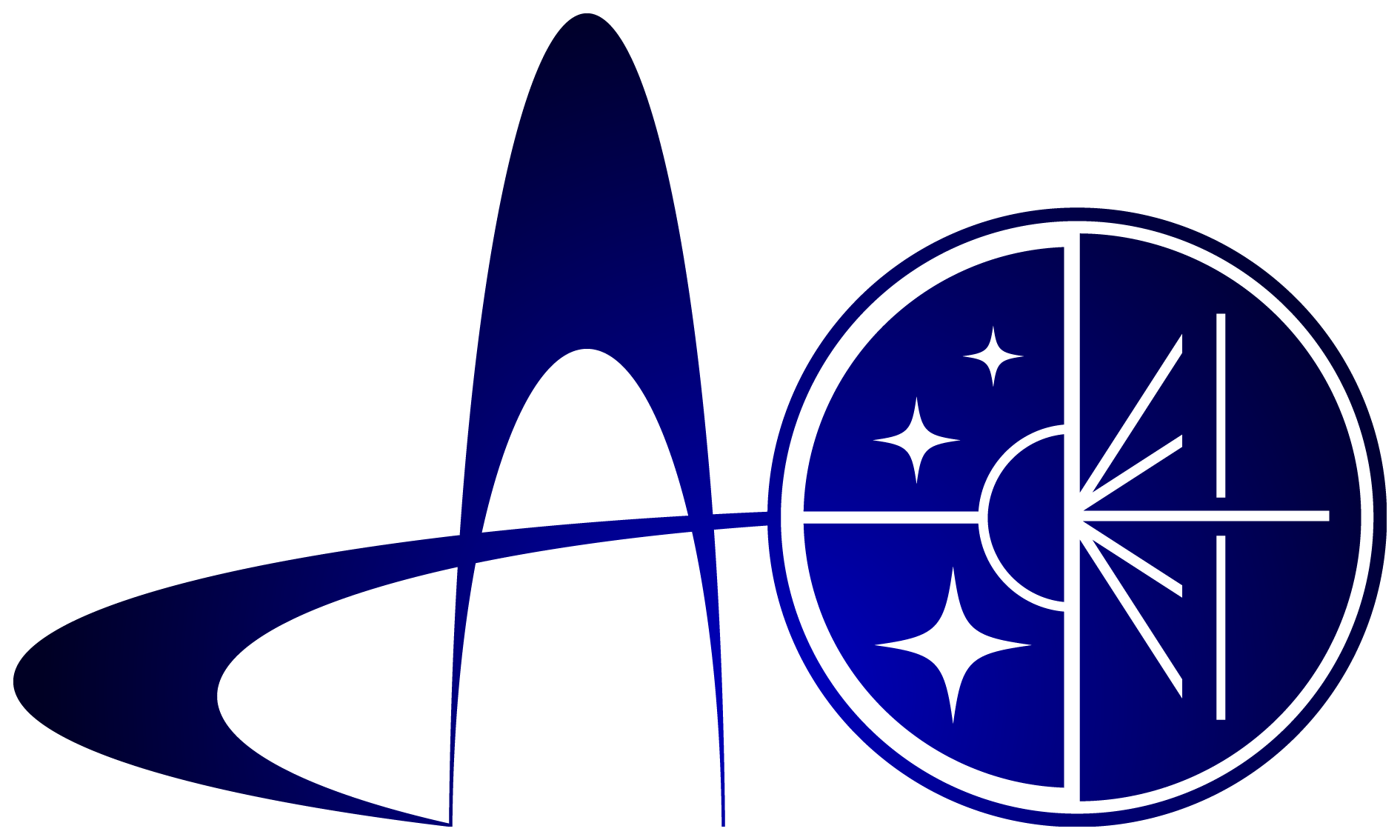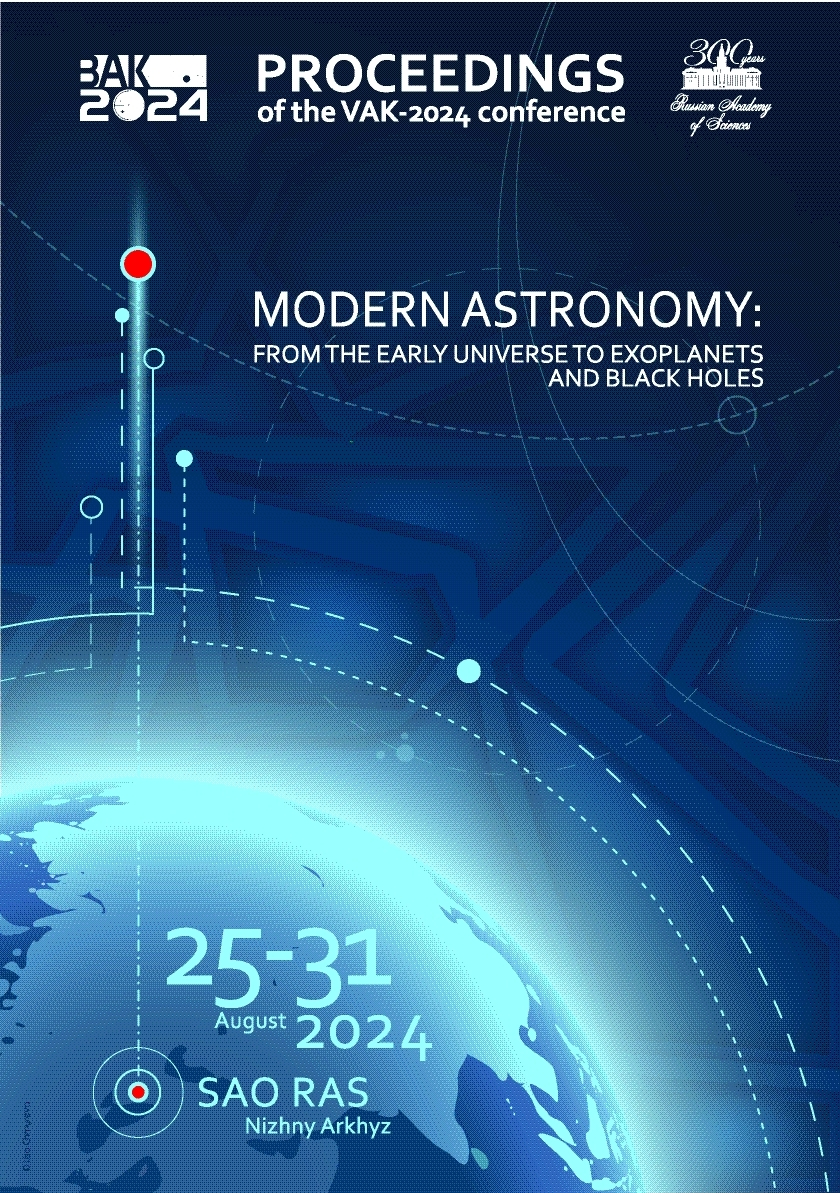Kazan Federal University
UDC 53
UDC 520
UDC 521
UDC 523
UDC 524
UDC 52-1
UDC 52-6
CSCSTI 41.00
CSCSTI 29.35
CSCSTI 29.31
CSCSTI 29.33
CSCSTI 29.27
CSCSTI 29.05
Russian Classification of Professions by Education 03.06.01
Russian Classification of Professions by Education 03.05.01
Russian Classification of Professions by Education 03.04.03
Russian Library and Bibliographic Classification 2
Russian Library and Bibliographic Classification 223
Russian Trade and Bibliographic Classification 614
Russian Trade and Bibliographic Classification 6135
BISAC SCI004000 Astronomy
BISAC SCI005000 Physics / Astrophysics
We discuss the possibility of detecting signs of the existence of stellar-mass black hole (BH) event horizons in the emission of interstellar gas accreting on them. We consider a sample of invisible compact objects detected as companions of Main Sequence stars in wide binaries. Theoretical luminosities and accretion rates of the interstellar gas were obtained within the framework of the spherical accretion model. BH velocities estimated from binary system dynamics, as well as the density of the surrounding ISM, were used in the calculations. Based on the sensitivity data of existing and projected ground-based and space-based telescopes (JWST, GMT, TMT, ELT, MILLIMETRON), we estimated the possibility of direct detection of both stationary and variable halo emission around the BHs.
black hole physics; accretion; stars: black holes; methods: observational
1. Andrews J., Taggart K., and Foley R., 2022, arXiv e-prints, arXiv:2207.00680
2. Beskin G., Biryukov A., Karpov S., et al., 2008, Advances in Space Research, 42, 523
3. Beskin G. and Karpov S., 2005, A&A, 440, 223
4. Bisnovatyi-Kogan G. and Ruzmaikin A., 1974, Ap&SS, 28, 45
5. Bondi H. and Hoyle F., 1944, MNRAS, 104, 273
6. Chakrabarti S., Simon J., Craig P., et al., 2023, AJ, 166, 6
7. El-Badry K., Rix H., Quataert E., et al., 2023, MNRAS, 518, 1057
8. Gaia Collaboration , Panuzzo P., Mazeh T., et al., 2024, A&A, 686, L2
9. Ipser J. and Price R., 1982, ApJ, 255, 654
10. Jayasinghe T., Stanek K., Thompson T., et al., 2021, MNRAS, 504, 2577
11. Meszaros P., 1975, A&A, 44, 59
12. Shahaf S., Bashi D., Mazeh T., et al., 2023, MNRAS, 518, 2991
13. Shvartsman V., 1971, Soviet Astronomy, 15, 377
14. Tanikawa A., Hattori K., Kawanaka N., et al., 2023, ApJ, 946, 79
15. Wiktorowicz G., Wyrzykowski L., Chruslinska M., et al., 2019, ApJ, 885, 1






